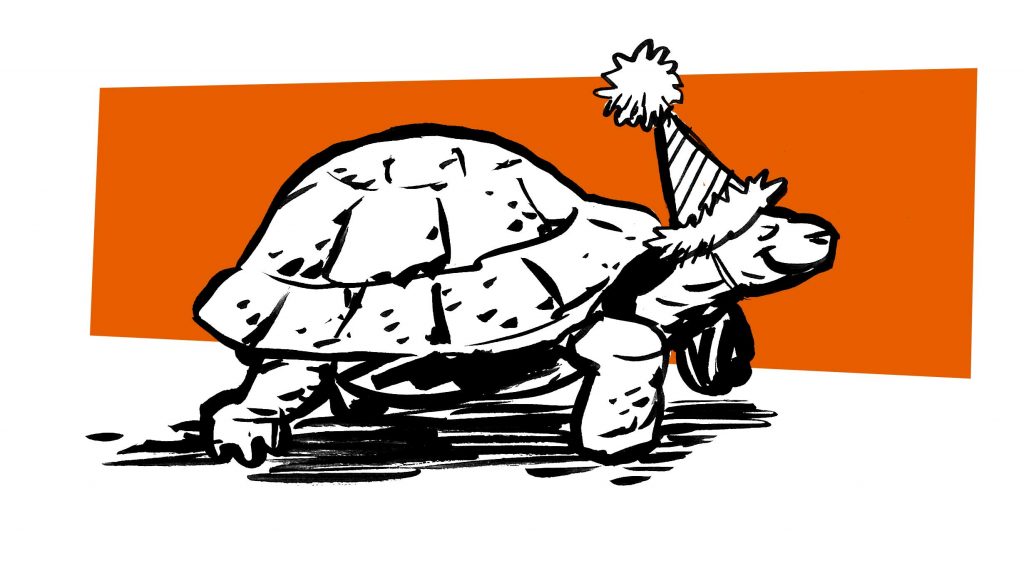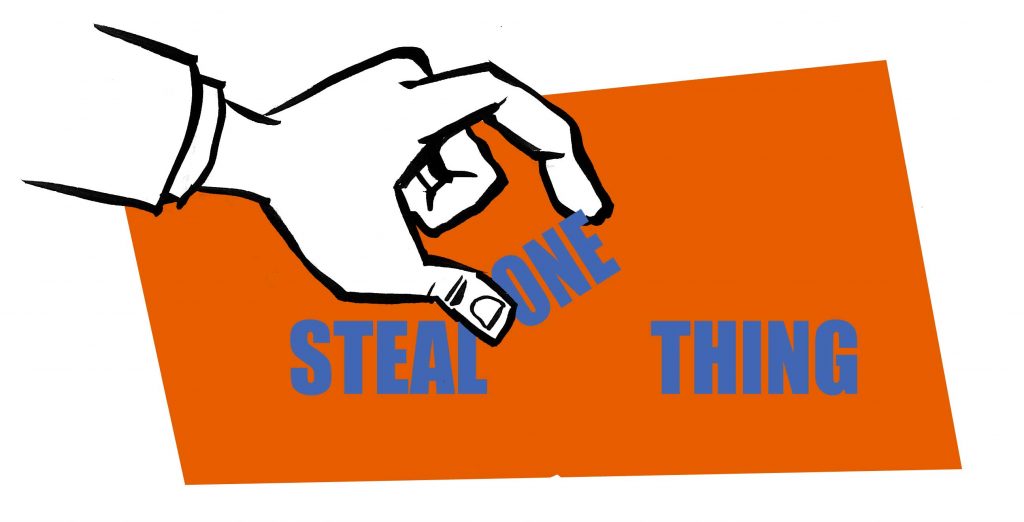
Your first year or two as a creative freelancer the focus should be to build your boat and get in the water. When you’re afloat and not taking in water, you can start to think about your destination. Where would you like to go?
To many people, art is a hobby. But it’s when you really start to take it seriously and treat it as your job that you really pivot. William Faulkner is quoted of saying: “I only write when inspiration strikes. Fortunately it strikes at nine every morning.”
Showing up at your desk is when things start to happen. The more you show up, the more likely it is that you’ll create something of value. You have to put in the hours, consistently. Painting a couple of times a month won’t make you a great painter. You have to build momentum and consistency and daily routines is key.
You can have a somewhat mediocre talent and still have a great artistic career. Just as you can be insanely talented and still struggle making it work. It’s not about talent as much as it is about courage, persistence and resilience.
Keeping your ego in check is another important aspect. You need some ego to find the belief the song you wrote is so great that everybody needs to hear it. But that ego can just as easily trip you up, if you start to think people don’t appreciate your genius enough. Or you strive for perfection in your work, feeling like it’s never as good on the paper as it was in your head (hint: It isn’t. This feeling never goes away, believe me!).
As an artist you expose yourself a lot and have to be willing to take criticism. You have to push yourself, and not hold back out of fear of what people might say. You have to be okay with shipping something you’re not a hundred percent satisfied with – chances are you never will be.
In 2011 I sat for a few weeks at Dean Haspiel’s Hang Dai Studios in Brooklyn. One of the guys at the studio asked for Dean’s advice on whether to take on a particular storyboarding job. He was worried he would fall short and botch the job somehow. Dean replied: “You need the money? Then you take the job. And you fail. HARD. And you learn from that”. That attitude was truly inspiring; expecting to fail and being okay with it. I certainly learned a lot from my brief spell at Hang Dai but also from taking on tasks I wasn’t entirely ready for.
One of the things I hear tossed around a lot, is the idea that you’re only as good as your last work. I disagree. You are the sum of all your creative outputs, good or bad. And you’re not always the best judge of quality – in fact you’re likely the worst. You just have to do the best you can at that moment and get it out there. You don’t end up back at square one because some project didn’t turned out the way you wanted it. In fact you learn more from a project like that than you do from a smooth success.
When the process is grueling, frustrating and hard, it’s likely because you’re evolving and growing as an artist. When you reach that plateau and it feels like you’re never going to get better, when you feel like quitting – that’s exactly when you need to push through.
If you want to learn to swim, you have to go in the deep end of the pool.
This post is an excerpt from my book SOLO – Survival Guide for Creative Freelancers – Order now on Amazon.



 Hey, it’s a new year! Maybe you made a resolution that has to do with your creative craft, like write the script for your graphic novel or draw a page a day. A big goal, something to strive for! That’s the way to go, right?
Hey, it’s a new year! Maybe you made a resolution that has to do with your creative craft, like write the script for your graphic novel or draw a page a day. A big goal, something to strive for! That’s the way to go, right? In his great book
In his great book